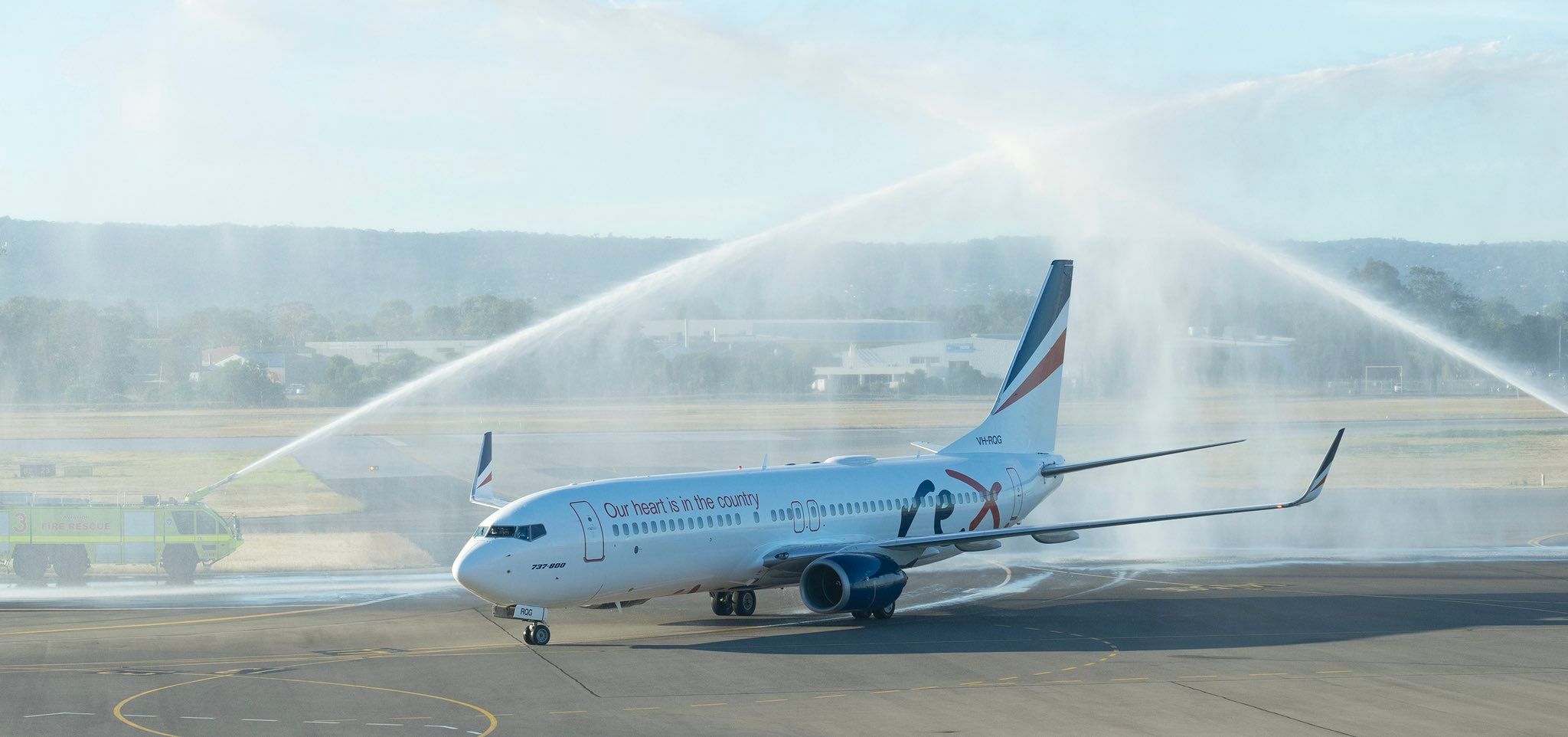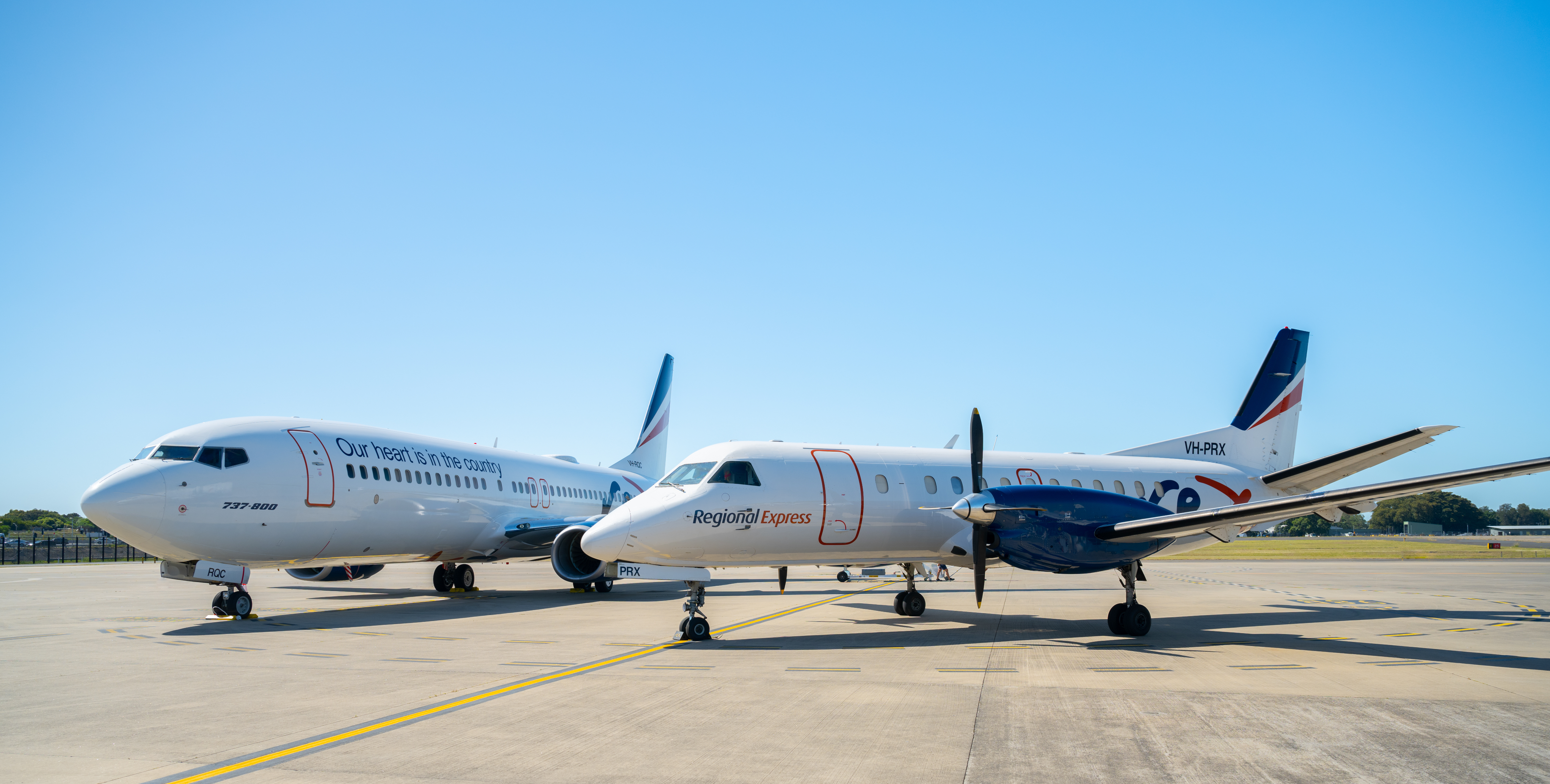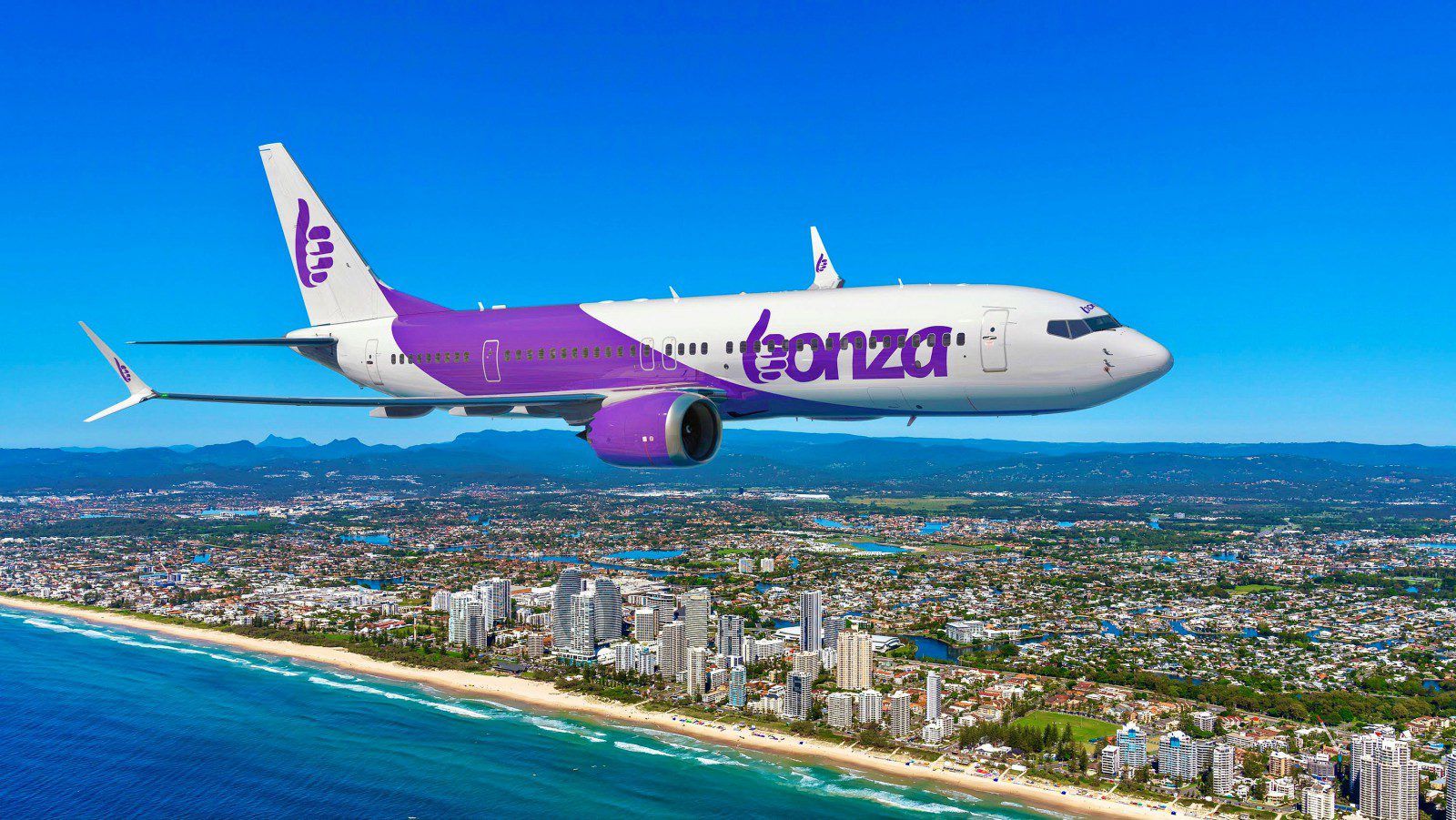On May 9, Australian domestic and regional airline, Rex, announced it had signed a Letter of Intent for the lease of one Boeing 737-800NG. Rex currently operates a leased fleet of six Boeing 737-800NGs.
The new aircraft will undergo a major check and then enter service on domestic routes. Rex's B737 network includes flights between Melbourne, Sydney, Brisbane, the Gold Coast, Canberra and Adelaide.
Rex is mixing Boeing B737s and SAAB 340 turboprops
Before entering the Australian domestic market, Rex concentrated solely on regional routes. It has 60 twin-engine turboprop SAAB 340s, the world's largest fleet of that type, for regional services.
The SAAB 340s, which can carry 30-36 passengers, are used on more than 50 regional routes. The Boeing 737s, which can seat 176 passengers in a two-class cabin, are used on mainline domestic routes.
When Virgin Australia folded in November 2020, it had around 100 aircraft, including 77 Boeing B737-800s. When the airline emerged from bankruptcy, it had cut its fleet to just 56 B737s.
This left a pool of relatively young and very cheap aircraft grounded. Rex deputy chairman John Sharp said:
"We have come upon a number of Australian-registered 737s perfectly suited to the task with no one wanting them at very competitive prices."
While COVID sank all airlines for a time, Australian domestic traffic has rebounded to pre-pandemic levels. The fight for market share between Rex and the incumbents, Qantas, Virgin Australia and Jetstar, is gathering steam.
Will 2023 be a Bonza year for passengers?
Later this year, a new LCC, Bonza, will enter the market. It expects to have a fleet of eight Boeing 737 MAX 8 within its first year of operation.
Bonza is backed by US investment firm 777 Partners, whose portfolio includes Canadian ULCC Flair Airlines. Two senior executives from the original, Richard Branson owned Virgin Blue, are heading up Bonza. New entrants in the Australian market have struggled to survive, mainly because of the cozy duopoly that has existed since commercial aviation began.
Post-pandemic, Qantas Group CEO Alan Joyce has made it clear he will do whatever it takes to maintain a 70% market share for Qantas and Jetstar combined.
Virgin Australia folded with debts of A$7.1 billion ($4.9 billion) but came out relatively debt-free and with 30% of its staff gone. It says it's determined to regain the 30% market share it had before its collapse.
In 2019, 61.4 million passengers flew domestically in Australia and of those, 17.6 million, or 29%, traveled on the so-called Golden Triangle routes between Melbourne, Sydney and Brisbane.
Pre-COVID, the Melbourne-Sydney route was ranked as the second-busiest in the world. Forbes magazine rated it as the second most profitable route in the world. By the end of this year, there will be five airlines battling for market share, and passengers will be the big winners.
Price competition will be fierce as the incumbents try to protect what they view as their right, while newcomers use their agility and low pricing to stake their claim. It will be interesting to look back this time next year and see how they have done.
Will there still be five?



